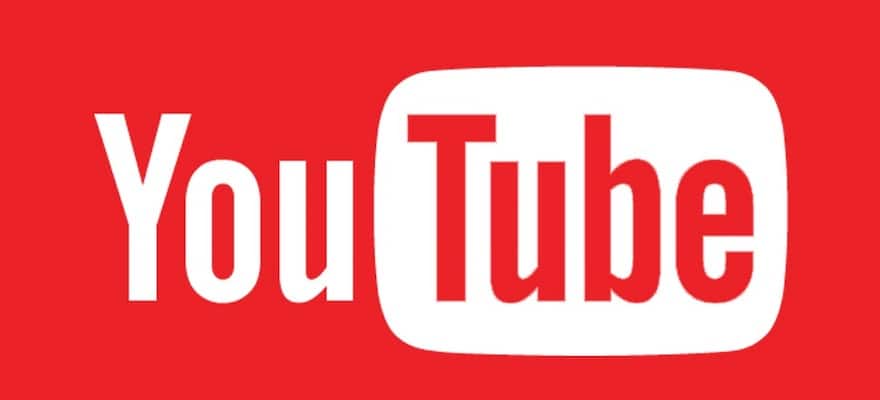The online video platform market has long been a virtual monopoly, with YouTube currently holding more than 75% market share. Its closest competitor, Vimeo, takes another 15%, meaning that options of sharing platforms for video content creators are limited.
If content creators want to try and earn money from their video content, their options are even more limited. YouTube monetizes via advertisements, and the platform doesn’t permit content creators to charge for watching their videos, regardless of how much they cost to produce.
Vimeo does allow various options for selling videos, but the platform charges a fee for this privilege, and Vimeo content creators don’t have access to the vast audiences YouTube garners. Online video distribution platforms like Netflix are highly selective about the content they will broadcast and are closed off to most individual creators.
This restrictive market has led to an industry that is fraught with issues. However, there are now several Blockchain -based alternatives that are looking to exploit the benefits of decentralization and token economics to disrupt the vice-like grip that YouTube holds over the video platform market.
Here, we look at some of the issues faced by video content creators, and how blockchain solutions could change the status quo.
Quantity Over Quality
YouTube’s advertising model means that vloggers and other content creators are encouraged to generate quantity over quality. YouTube uses Google’s ad network, so publishers must ensure they have as many eyes as possible on their videos for users to see ads.
Of course, a single creator producing daily videos is under so much pressure to release new content that the quality is bound to suffer.
However, producing fewer videos would mean that their views decrease, and thus ad revenue paid by YouTube will suffer, even if fewer videos means they are of higher quality. YouTube pays out an average $7.60 for every thousand views of a video.
With those numbers, it isn’t difficult to figure out that only the most prominent YouTubers can make a viable income from ad revenue.
Now, blockchain-based digital ad platforms are starting to emerge, creating a more balanced advertising ecosystem with a more direct relationship between publisher and platform users.
Basic Attention Token (BAT) is one example. It uses Ethereum -based smart contracts to distribute funds directly from the advertiser to the publisher, and a portion also goes to the user as a reward for their time spent viewing ads.
Desperately Seeking Sponsorship
Another way that many vloggers generate income from their videos is through brand sponsorships and product placements. Especially for those with big followings, this can be lucrative as brands are prepared to pay for having their product exposed to a large number of potential consumers. More than 87% of online marketers use video content for their campaigns.
However, this can also be an expensive process to navigate, both for vloggers seeking sponsors and for brands looking for influential YouTubers. Various platforms exist to help connect the two parties, but they are simple intermediaries, usually charging brands and creators for the privilege of accessing their databases of contacts.
Using blockchain means that brands and vloggers can connect directly for marketing partnerships. This connection is the premise of AQER, a new blockchain-based platform using smart contract technology to manage video marketing campaigns.
AQER uses artificial intelligence (AI) algorithms to collect and analyze data from media platforms such as YouTube or Instagram and rank creators according to performance criteria. This ranking enables brands to browse influencers and select those to be involved in specific campaigns.
The platform also allows brands to create a contest for content creators to compete on a specific promotion, for a bounty known in advanced. Distribution of funds will be managed via smart contracts, and video creators will be able to compensate the team involved in the video production through the platform as well.
Desperately Avoiding Censorship
As YouTube is owned by Google, it runs on similar algorithms to Google’s search rankings. This means that for a video to appear in the top three positions for any given keyword search, it must satisfy the conditions of the algorithm.
Unfortunately, nobody outside of YouTube knows precisely how the algorithm works so it can make or break the potential of any given video to reach viewers.
In addition to the algorithms controlling viewing figures, YouTube also has the power to censor videos entirely. As a centralized entity, it has come under pressure in the past to delete politically sensitive videos in countries such as Turkey or Pakistan.
If it fails to do so, then governments in those countries instruct the internet service providers to block the platform for all users.
Blockchain platforms are decentralized, meaning that there is no central point of control that can be lobbied by governments. The network can also choose to operate without algorithms. Blockchain video content platform D-Tube is constructed on the Steem blockchain, so it sells itself on both of these criteria.
Similar to its sibling content sharing platform Steemit, D-Tube allows users to get paid for creating and curating content, upvoting or downvoting as they wish. By itself, this creates a self-censoring environment where unpopular videos are pushed down the search rankings. However, on D-Tube (unlike YouTube) users can get paid for their input to the platform.
The Future of the Vlogging Industry Relies on Blockchain
YouTube has been the dominant force in video platforms for so long that even now, it seems unthinkable that any newcomer could topple it from its position.
However, the issues faced by the video-sharing market are insurmountable if the current ecosystem remains unchanged. Blockchain has the potential to be a unique driving force in creating a new environment for video sharing and monetization, for the benefit of all participants.
Disclaimer: This is a contributed article and should not be taken as investment advice











